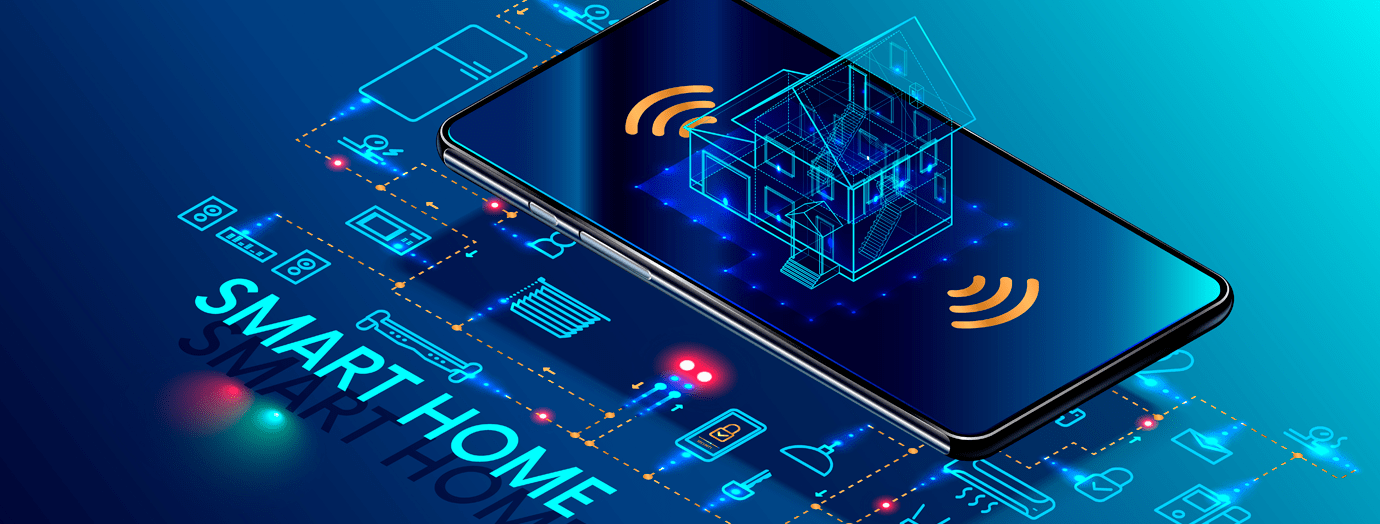My Smart Home: HomeKit setup

In my previous three posts I have given an introduction to my smart-home setup and described the setup of my Philips Hue lights and Eve door sensors.
In this post I will describe the HomeKit setup.
Setup
As described in the first post, to use HomeKit you need one of the following: a HomePod, an Apple TV or an iPad. Enabling HomeKit in these devices is really simple, you can read the Apple technical document Set up your HomePod, Apple TV, or iPad as a home hub.
Once done the setup, you can use the Home app to control your home from all Apple devices: iPhone, iPad, Mac and also Apple Watch.
Within the home app, you can invite other users to control your home, but keep in mind that currently there is no permission management, so the new user will have full rights, exactly like you.
You can also control the updates of all devices, useful for example for the HomePod, that doesn't have a UI.
Ah... if you have more than one house, you can add all of them, as really different houses. In this case, it is useful to give the house a name and a background picture.
After having created your HomeKit home, you can go back to the apps of your devices and sync them to HomeKit. You should find the rooms and the devices and be able to control them.
Note: often, during these syncs, devices are created/moved to the Default Room; from the Home app, then I need to move them to the correct rooms. I still have not understood if it is a bug of the Philips Hue app or HomeKit itself, but it's rather annoying, because it happens without any clear reason once in a while, during the usual syncs.
On thing that I suggest at this point is to mark the devices that you want as favorites, so that they will appear in the Home start page and in the Home control center.
Another tip: for each room in your house, you can make it owned by a zone. Examples of zones could be Ground floor and First floor.
Automation
Once your devices are in HomeKit, you can start benefitting from using a unified communication platform.
From the Automation tab in the Home app, you can start building sequences of operations that are automatically executed when some events happen.
For example, I have an automation that is executed when the Eve sensor on my main door detects an opening.
The automation switches on a Philips Hue light at the entrance for 2 minutes.
You can enable the automation permanently, or only during certain times, for example only during the night.
If I would want, it could also do additional actions on other devices, depending on how many devices you have at home. An example could be: close the shutters and the garage door, if these would be automated with HomeKit switches.
Notifications
Another useful feature or HomeKit is the use of notifications, when certain events happen.
In this case, you don't even need to write an automation.
Simply, from the Home app, go to your sensor, Settings | Status and Notifications, and there enable it.
Note: for Philips Hue sensors, are they group three different sensors, you need to select the sensor, Settings | Accessories, then select the movement sensor, Settings | Status and Notifications.
Scenes
The next step of automation is the creation of Scenes, that essentially are other macros, with the difference that they are invoked explicitly by you and not automatically by the HomeKit sensors.
You add them from the Home page, on the top right tap on '+', then Add Scene, then Custom.
From here, you can give a name to the scene, then add accessories, and from here set their state (for example, on/off of the light color).
With the Apple Home app, there is one limitation: you don't have total freedom when settings these properties.
In case you need more control, you can use the Home+ app.
I have used this app to create a scene called Reset All Lights that for each light in my home, it sets the brightness to 100%, always the same color temperature (222), and finally switches off the light.
Siri
One advantage of HomeKit is that you can control you home from the Home app, from control center, but also via Siri.
Example of commands that you can give are:
- Hey Siri, switch on the light in the kitchen
- Hey Siri, switch on the light Near the TV (zone defined in the Philips Hue app)
- Hey Siri, switch on the lights in the Living Room (room with two zones defined in the Philips Hue app)
- Hey Siri, switch on the light in the Ground Floor (zone defined in the Home app)
- hey Siri, Reset All Lights (scene defined in the Home app)
A few issues
During my experiments with HomeKit, I have found a few issues:
- while the status is always correct and updated in the Home app, it happens often that in Control center the status is not updated. I have not found solutions for this, except than using the Home app.
- sometimes an accessory decides to be favorite and even if you remove the favorite flag, it comes back immediately. This is only an UI issue, that can be solved toggling the favorite flag off / on / off; weird, but it this case it is really removed by the favorites (thanks to this Reddit thread).
